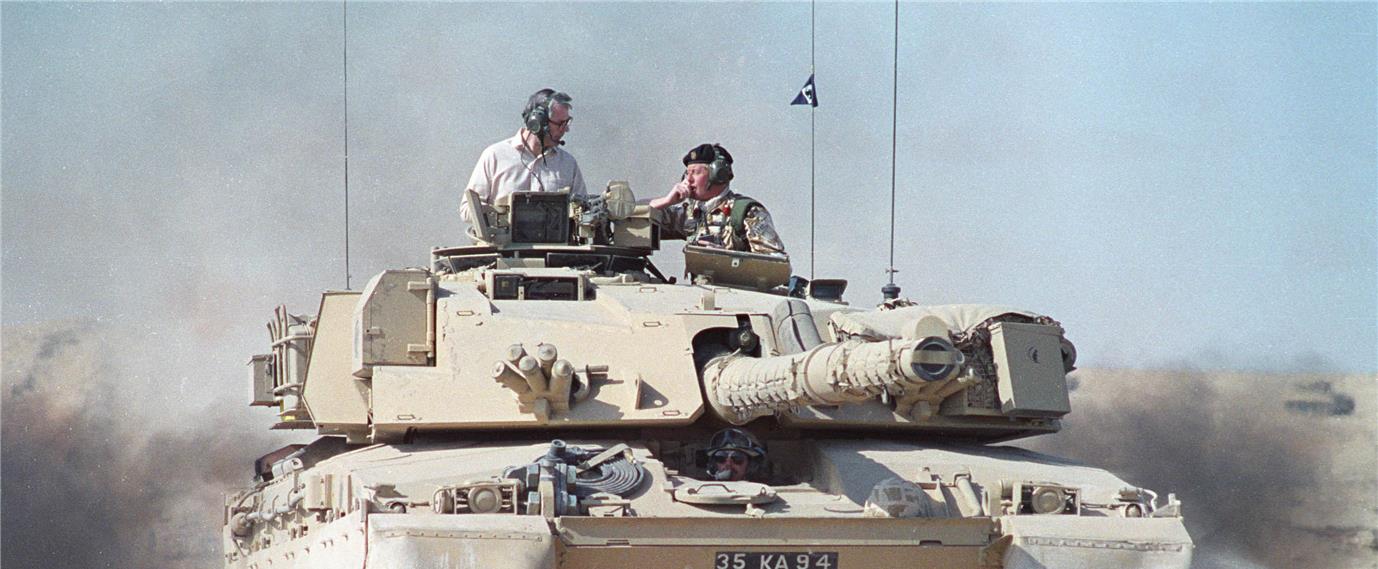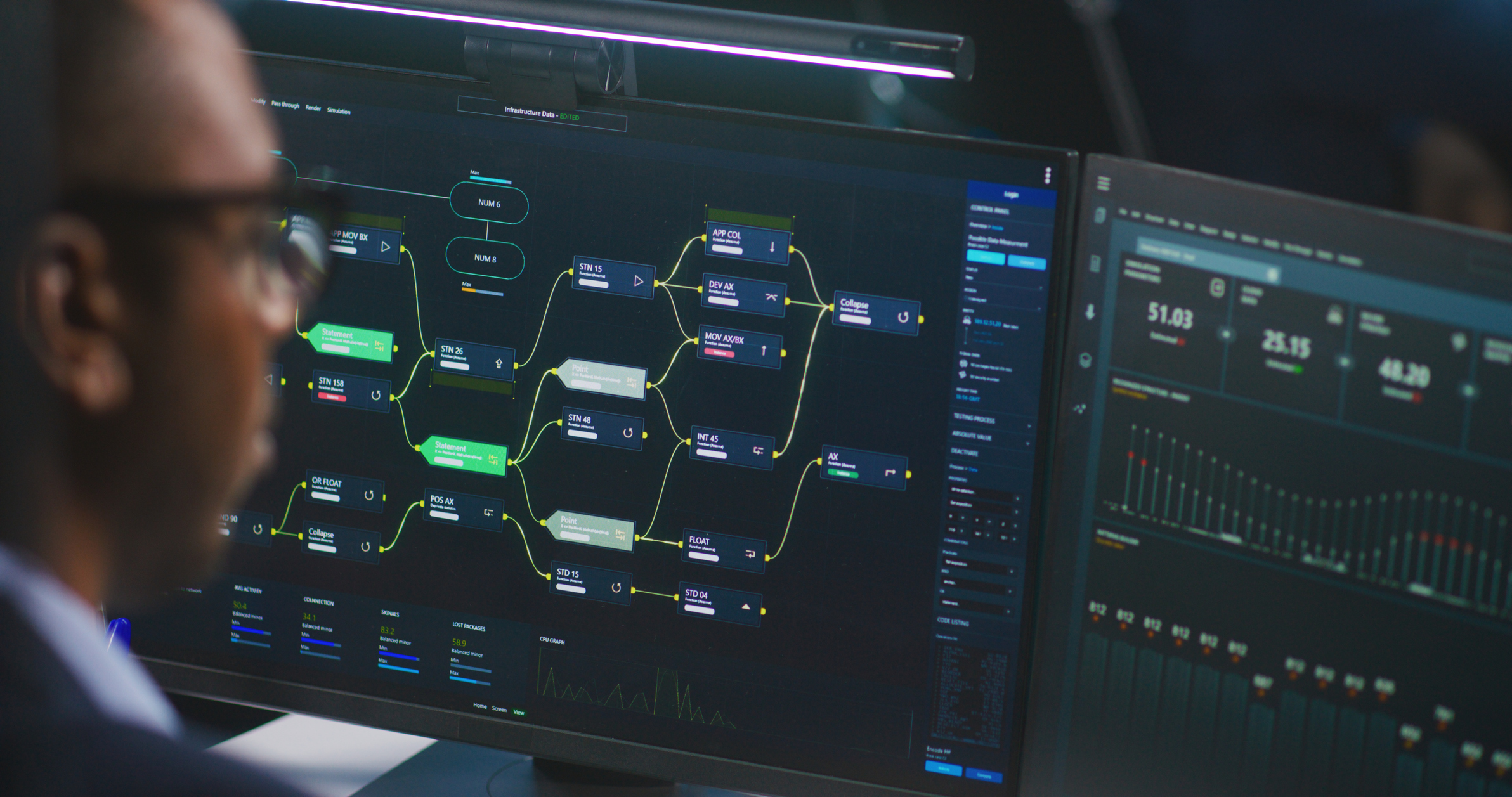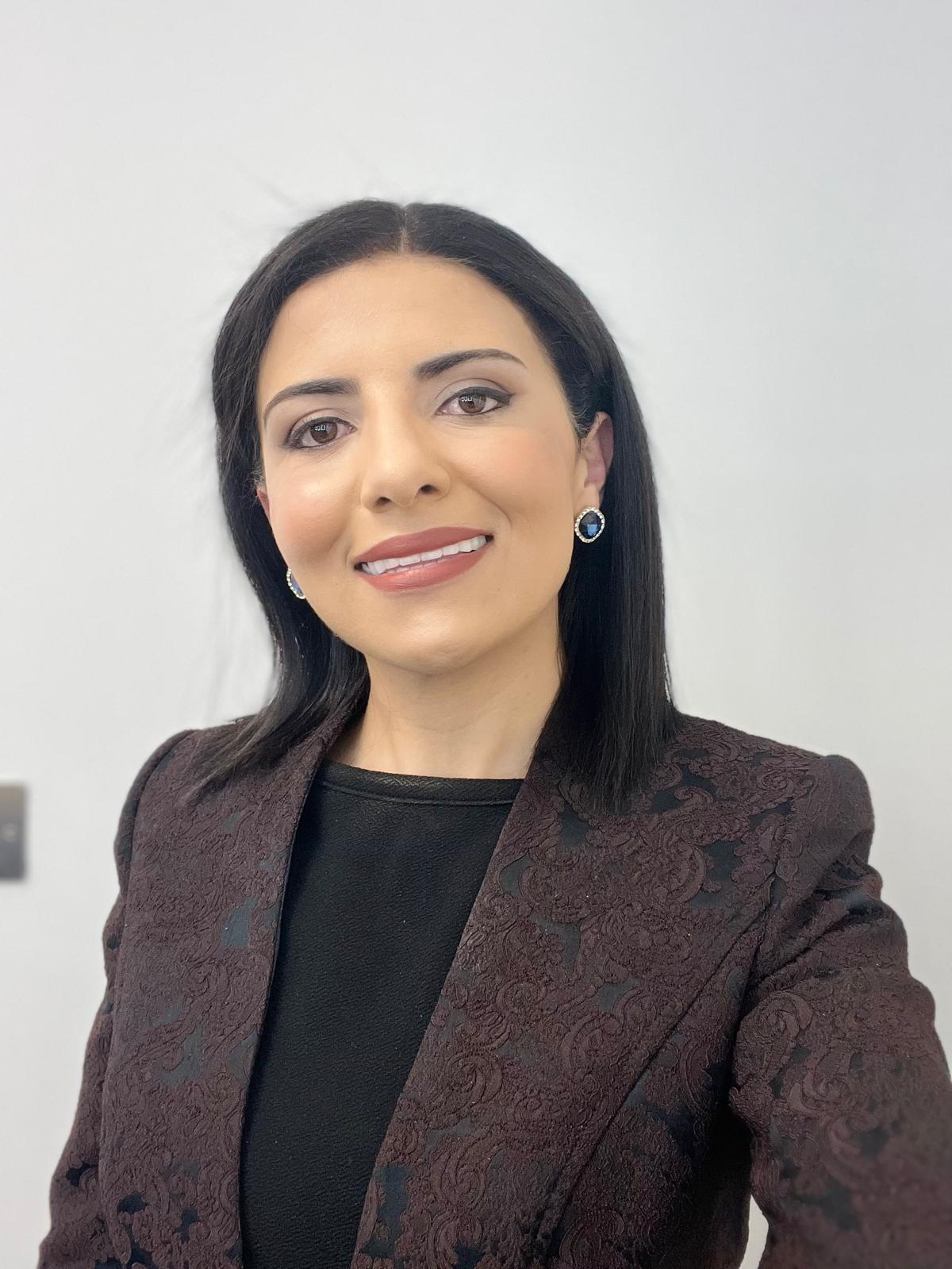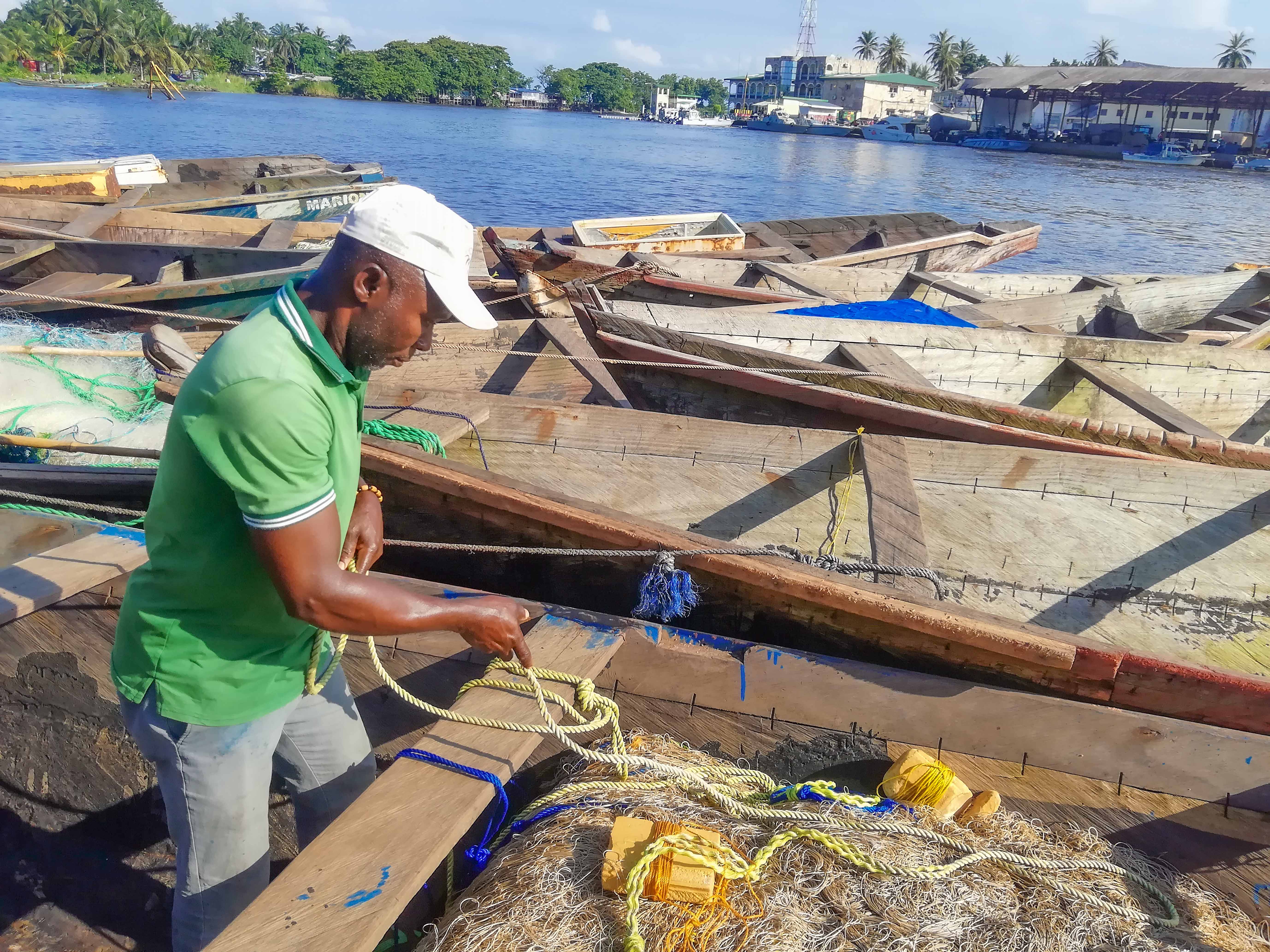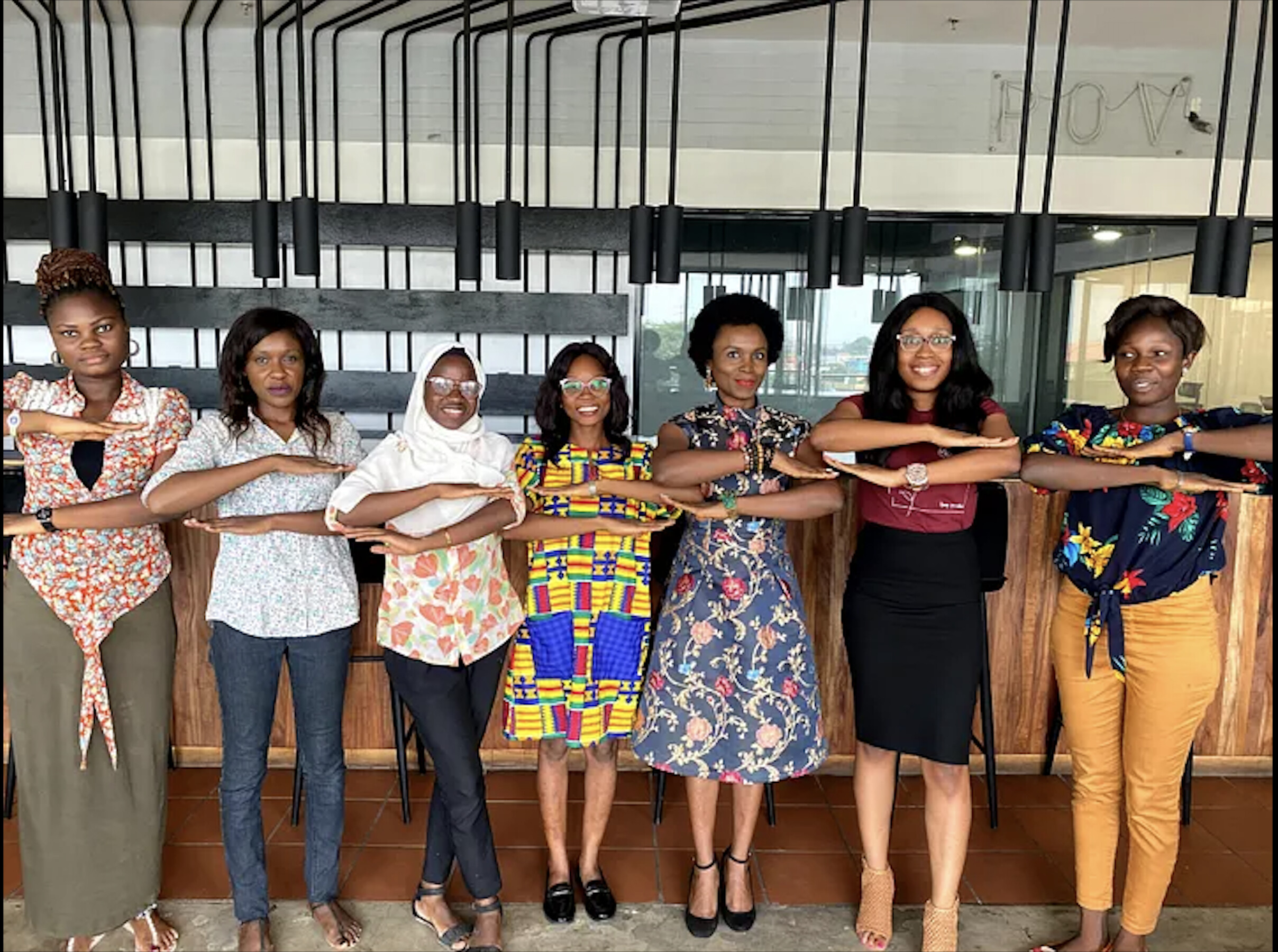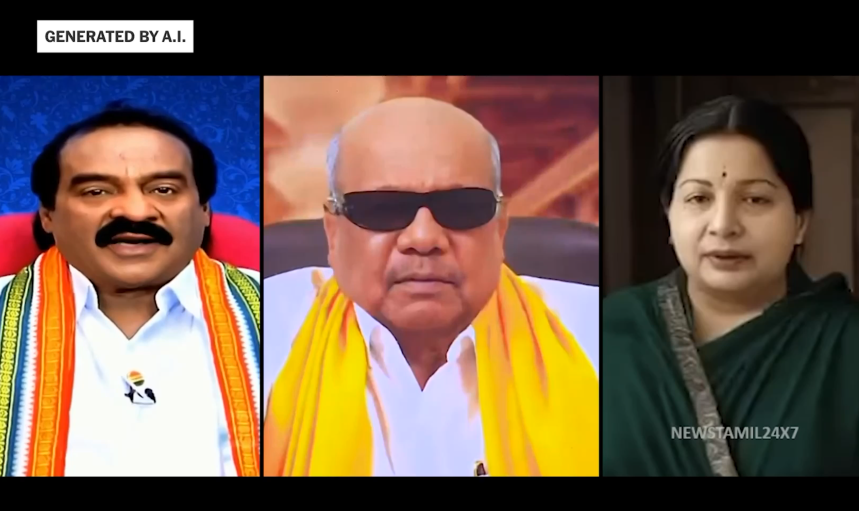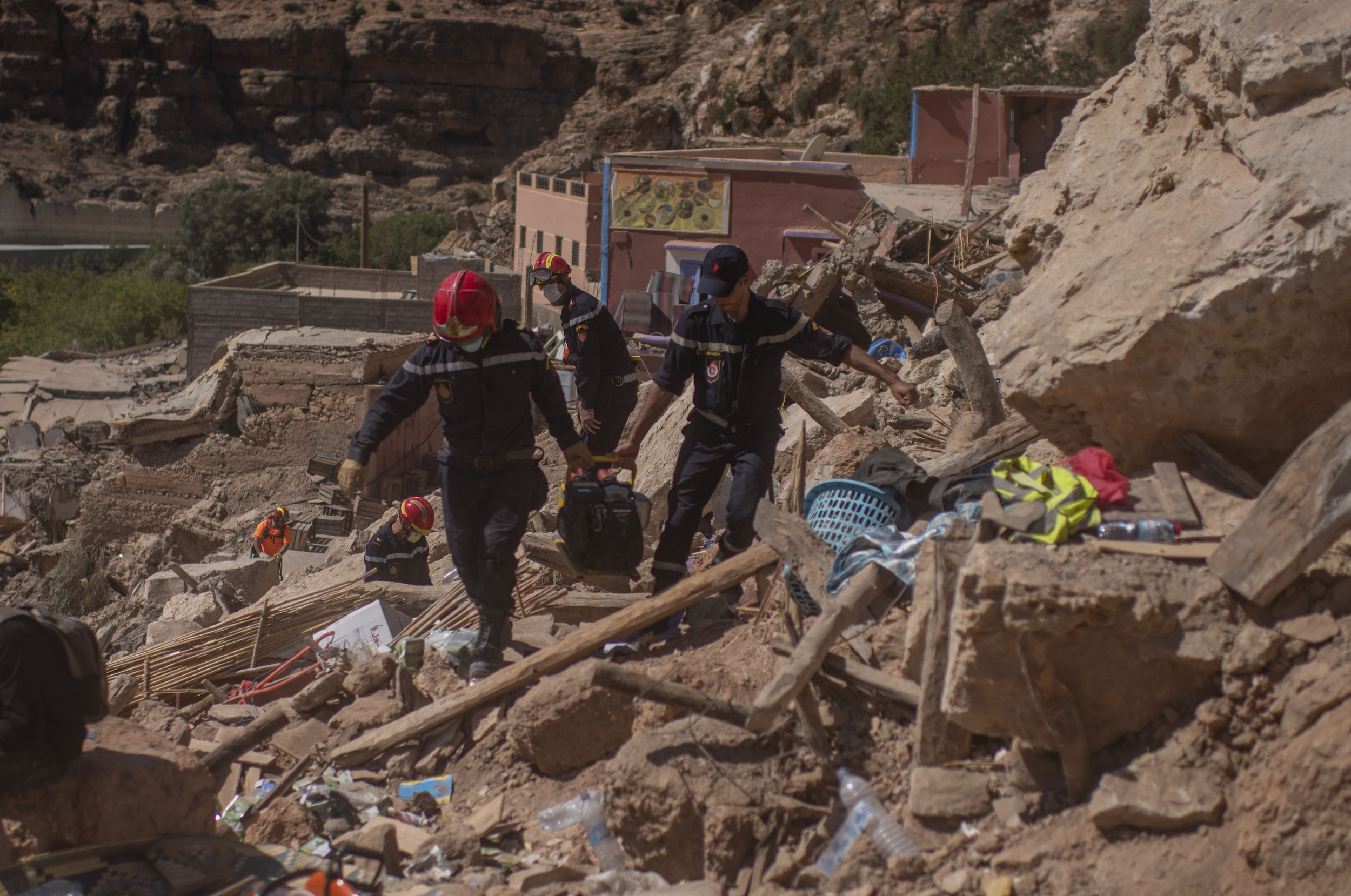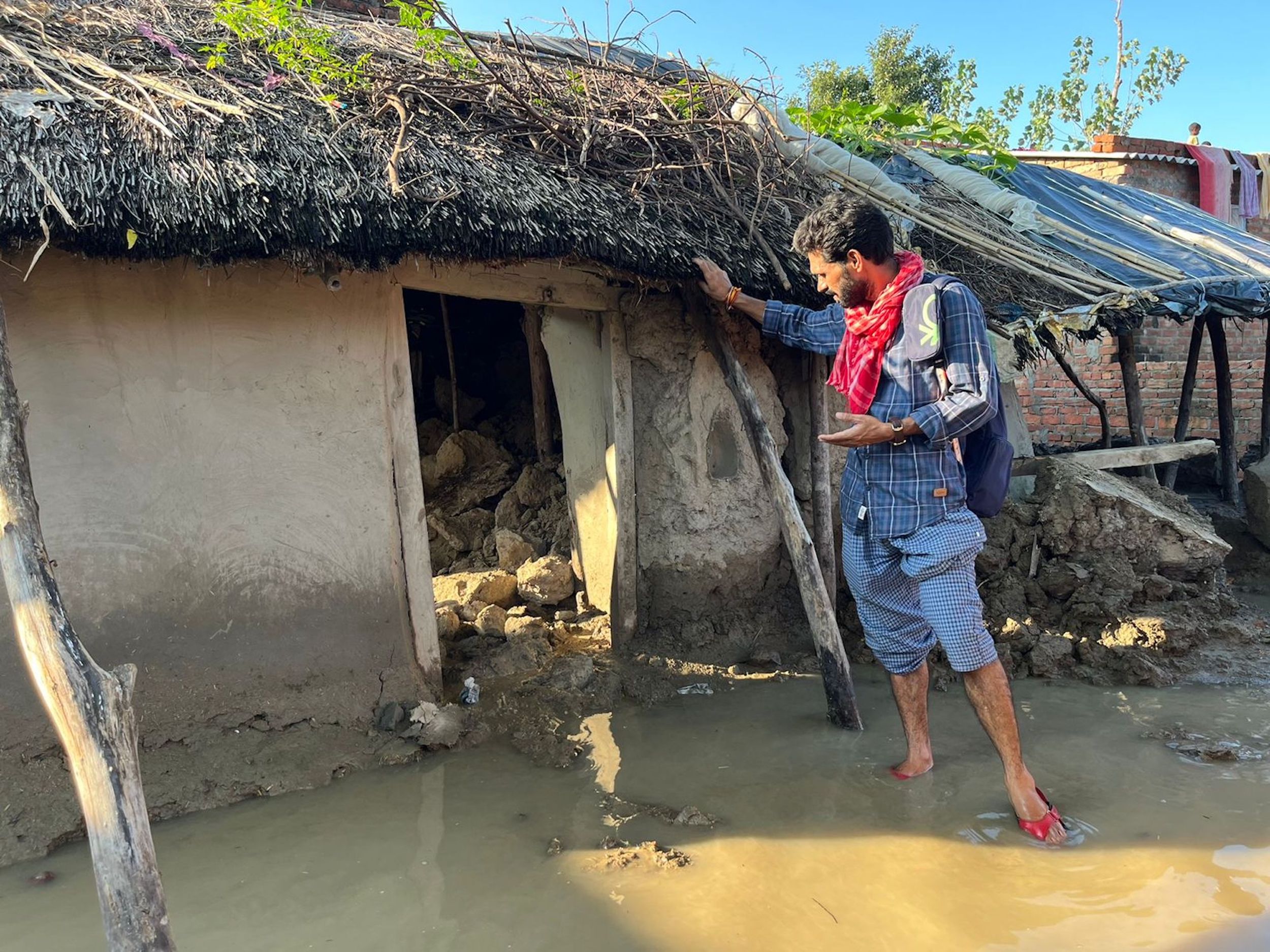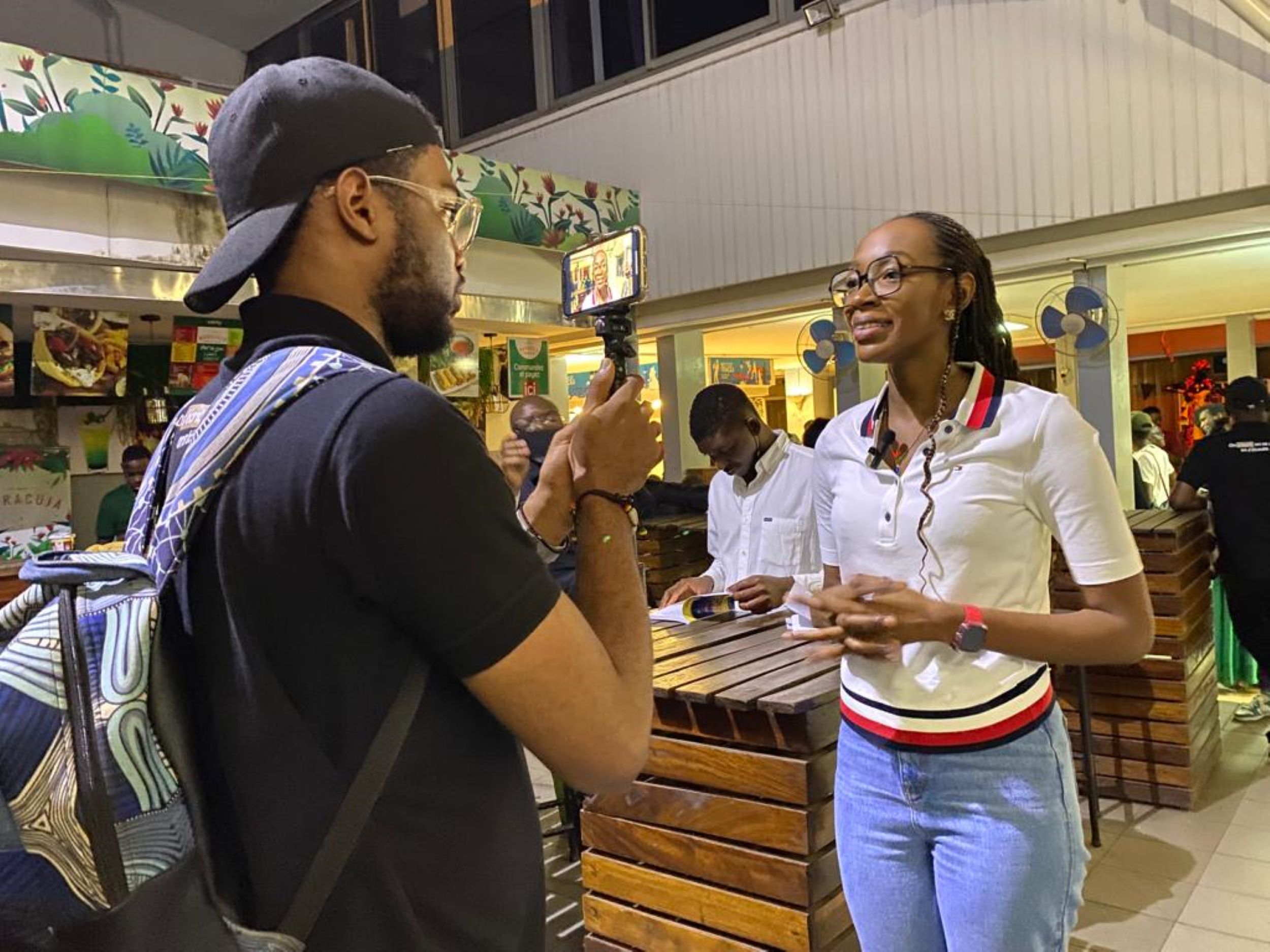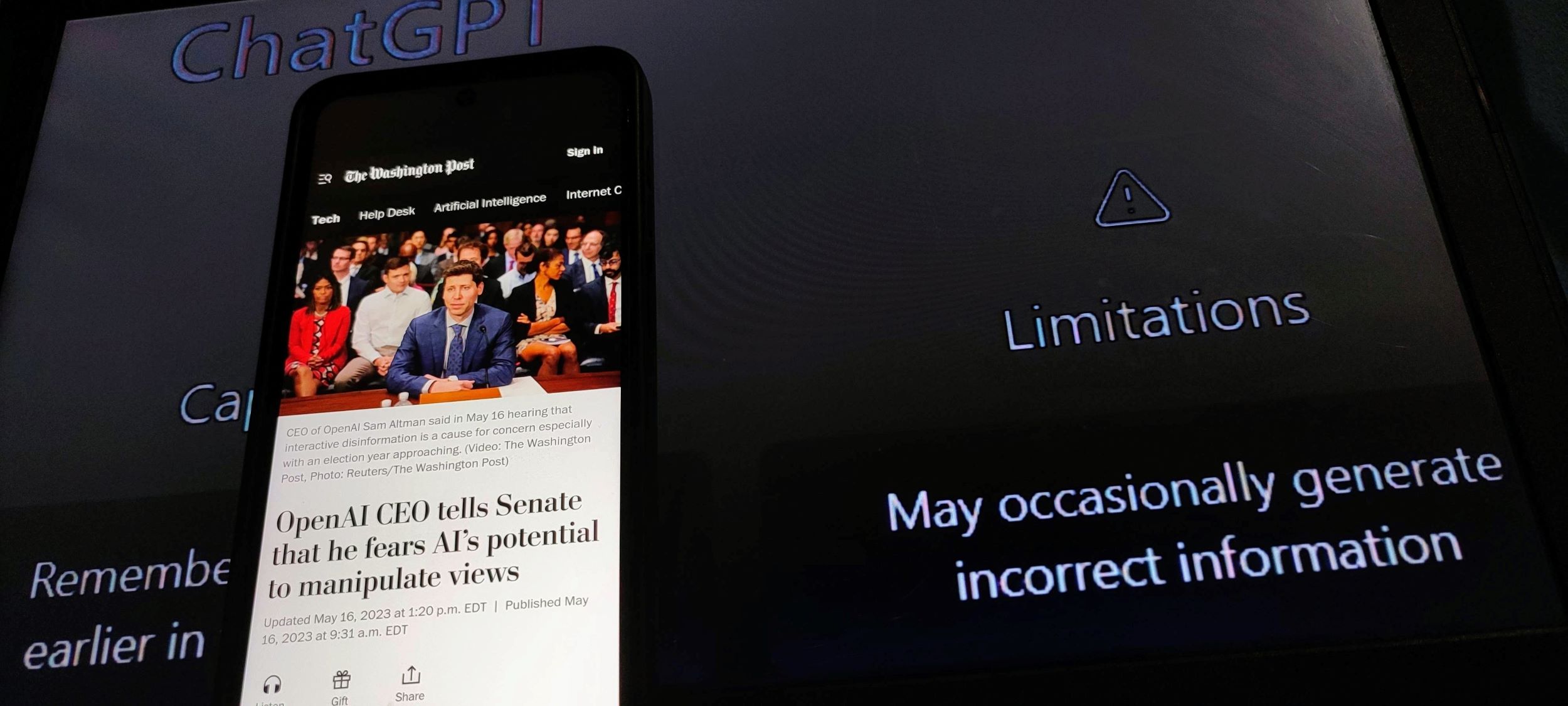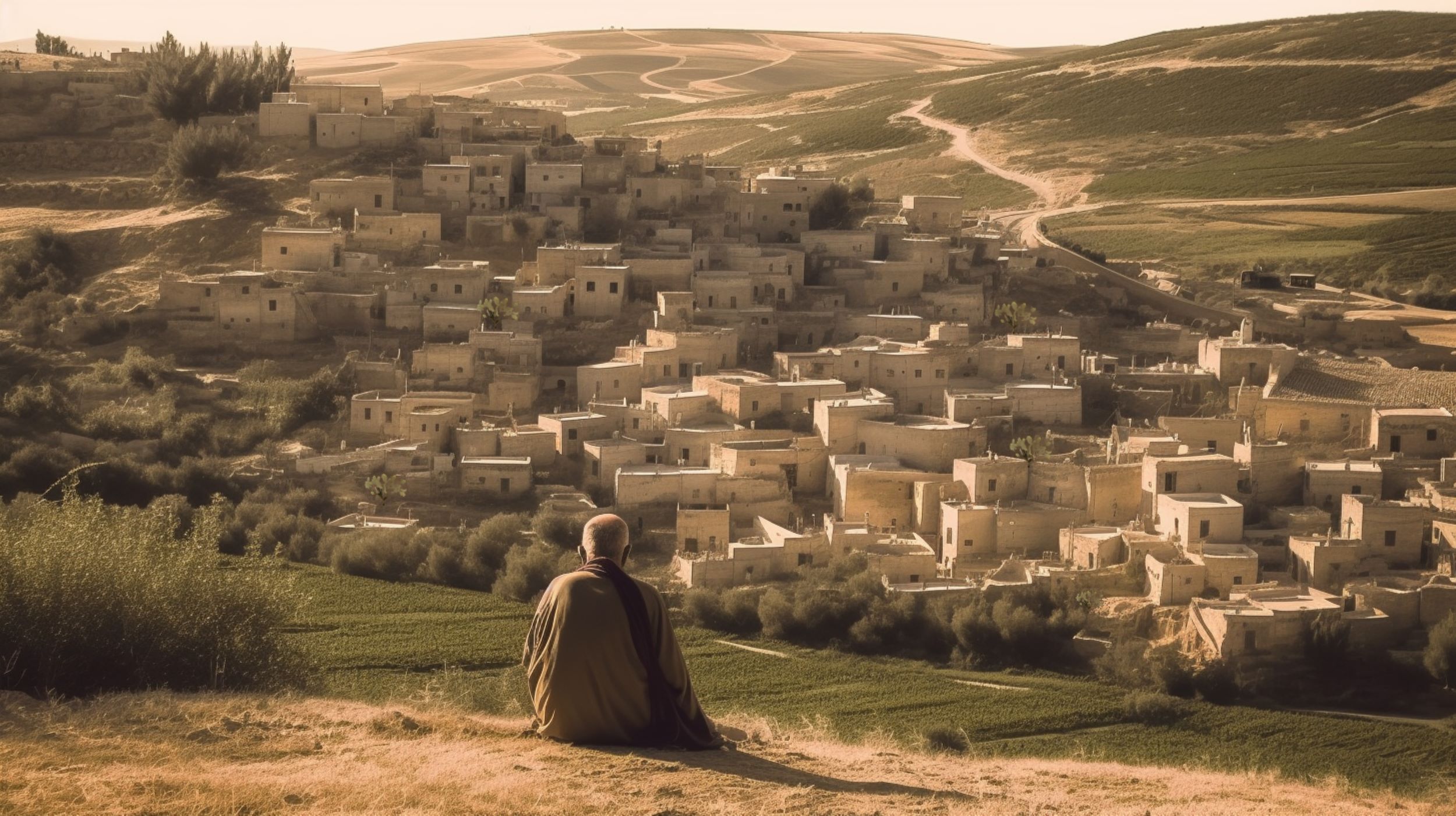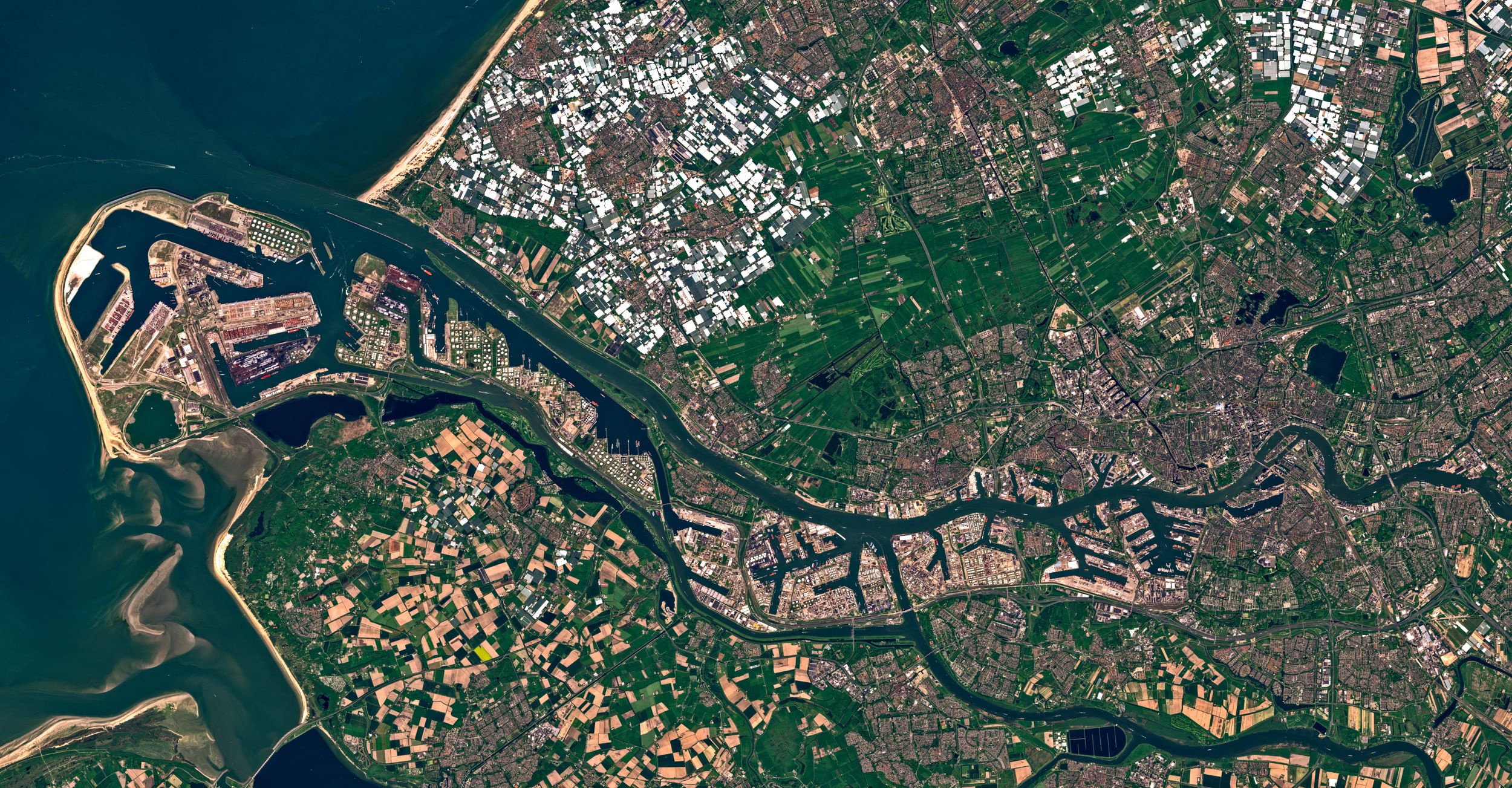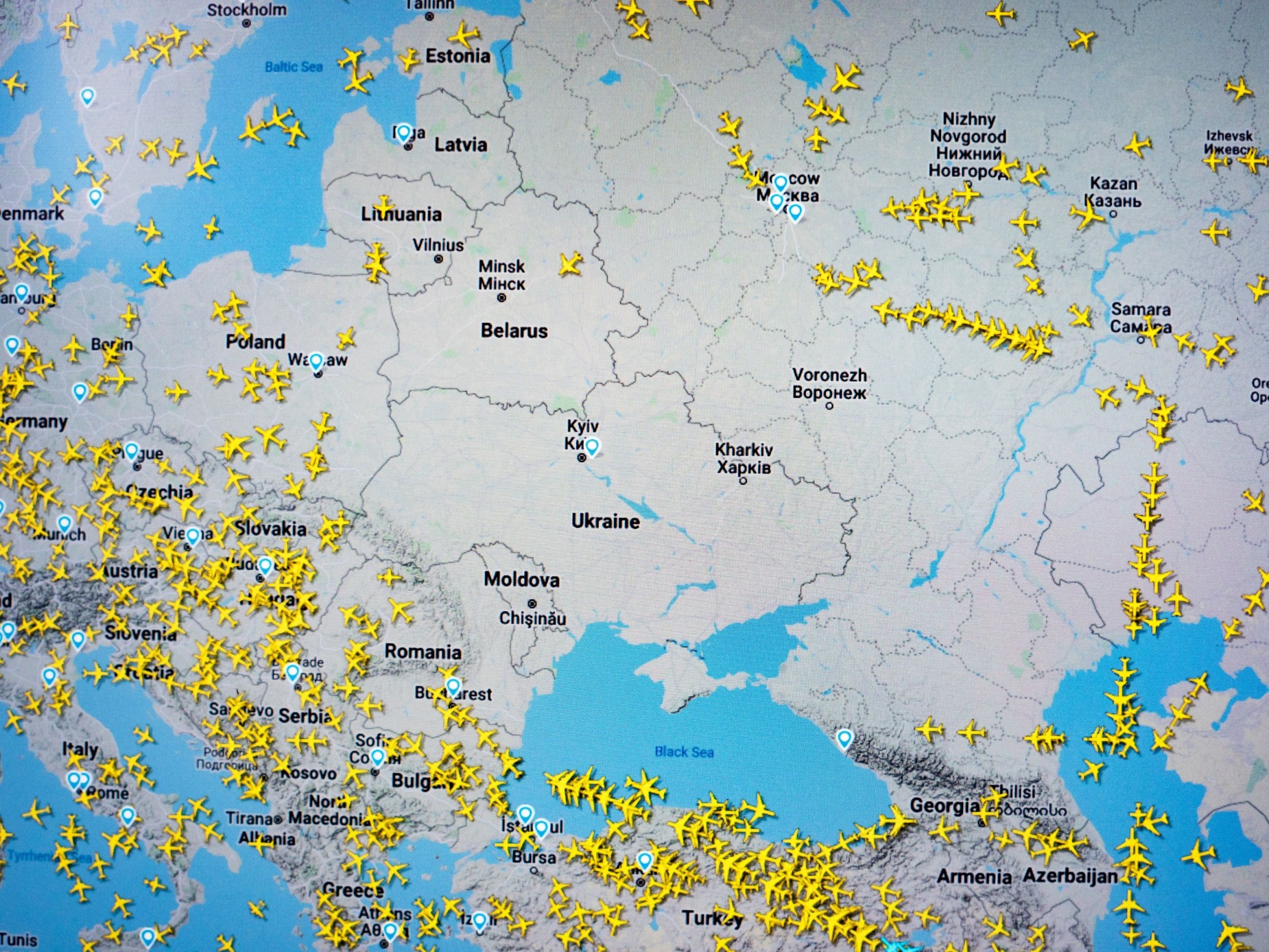عندما اندلعت حرب الخليج الثانية (عاصفة الصحراء) أو حرب تحرير الكويت في أغسطس 1990، التي شنتها قوات التحالف المكونة من 34 دولة بقيادة الولايات المتحدة الأميركية ضد العراق، كان المنتصر الإعلامي الوحيد في أول أيام الحرب هي شبكة CNN.
غزت تقارير المراسليْن بيرنارد شاو وبيتر أرنيت، العالم بتغطيتهما الحية لأولى القنابل التي سقطت على بغداد، وأصبحت سي أن أن فجأة في كل مكان بالعراق.
كانت هذه هي المرة الأولى التي تدخل فيها الفضائيات والإنترنت إلى جانب وكالات الأنباء والإذاعة ومحطات التلفزيون المحلية في حرب كبيرة أقرب إلى العالمية وتشغل العالم.وكثيرا ما يستشهد المؤرخون في الأخبار التلفزيونية بتلك الحرب بأنها تمثل لحظة اختراق للبث الحي التلفزيوني، وهو صراع أثبت أن هناك سوقا للتغطية على مدار الساعة من النوع الذي قدمته السي أن أن.
ففي ليلة القصف الأولى لبغداد، وصلت المشاهدات التلفزيونية إلى مستويات قياسية، وحققت سي أن أن أفضل تصنيف في التغطية التلفزيونية المباشرة.
لكن هل يمكن لبرنارد شاو وبيتر أرنيت أن ينفردا بمثل تلك التغطية مرة أخرى، مع هذا الكم الهائل من الخيارات المتاحة للتغطية الحية دون الحاجة إلى البث عبر الكاميرات الضخمة أو الارتباط بالأقمار الصناعية؟

حوادث إطلاق النار الشهيرة بين المحتجين واغتيال ضباط شرطة أميركيين في دالاس بيونيو/حزيران 2016، أقلقت المديرين التنفيذيين في محطات التلفزة، وكانت بمثابة نظرة خاطفة على مستقبل متغير جذريا.
كان حساب المستخدمة على تويتر "allisongriz" (أليسونغريز) أول من نشر فيديو مدته 45 ثانية يظهر ضباطاً سقطوا على الأرض جراء إطلاق النار.
كان لدى أليسونغريز 140 حرفاً فقط للتحدث عن مشاعرها في تلك اللحظة، فكتبت: "أنا خائفة جدا" وأعيد تغريد التويتة 75 ألف مرة (1).
يقول جوناثان كلاين، الرئيس السابق لشبكة سي أن أن، والذي يدير الآن شركة إعلامية رقمية تدعى "تاب": "أعتقد أننا رأينا في أحداث دالاس أن فيسبوك لايف يمكن أن يصبح أكثر شبكة أخبار حية ذكاء".
من ناحية اقتصادية، قد يمثل البث الحي خطرا على التلفزيون. ويوضح مات روزوف، المحلل الأميركي أنه "كان من المفترض أن تكون التغطية التلفزيونية الحية هي الحصن المتصاعد في هذه الصناعة ضد الإنترنت، لكن الناس بدأوا بالتخلي عن دفع رسوم شهرية من أجل مشاهدة بعض القنوات".
ويمكن الآن لأي شخص أن يبدأ بثاً حياً في أي وقت ومن أي مكان في العالم، دون الحاجة لسيارات بث أو الدفع مقابل التغطية.
ويمكن القول إن صحافة المواطن والتغريد والبث الحي عبر وسائل التواصل الاجتماعي، لم تحل محل الصحافة التقليدية، لكنها وسعت لهجتها ونطاقها، لتدفع محطات التلفزة إلى ربط تلك التقنيات بأساليب التغطية الصحفية المعتادة وتجبر مقدمي الأخبار والمراسلين على تغيير نهجهم في التغطية.
قبل عدة سنوات، كان الصحفي المعروف "ميشيل روزنبلام" يحضر حفل "جوائز الموسيقى الأميركية" الشهير وكانت "آي بي سي" (ABC) الإخبارية تعمل على تغطية الحفل. كان تعداد الجمهور يبلغ نحو 20 ألف متفرج.
يقول ميشيل: "من الـ20 ألف، ربما كان هناك 10 آلاف يرفعون هواتفهم الذكية يصورون مقاطع فيديو أو لقطات".
مجلة الصحافة اختارت لكم بعض الأحداث البارزة التي يمكن أن تلقي الضوء على أهمية وسائل الإعلام المختلفة في التغطية الإعلامية قبل أن تحتل منصات السوشيال ميديا العرش.
- مقتل الرئيس الأميركي جون كينيدي 1963
لا يمكن التصديق بأن أفضل الصحفيين في تلك الفترة، كانوا يريدون العمل في الصحف أو الإذاعة، بالنظر إلى التلفزيون كوسيلة ترفيهية، في حين أعطى بث مقاطع لمقتل الرئيس الأميركي ومن ثم قتل منفذ الاغتيال، قوة للتفزيون لم تحظ به الصحف التي اكتفت بنقل صور ثابتة، أو الراديو الذي لم يتمكن من إظهار إطلاق النار، حينها قال البعض إن عصر الأخبار التلفزيونية قد بدأ.
- صورة أوقف حرباً
"نيك أوت" مُصوّر صورة "فتاة النابالم" في شهر يونيو/حزيران 1972، لم يكن يجهز نفسه لالتقاطها، بل كان يصور فيلمًا عن واقعة سقوط قنابل النابالم على مدينة "ترانج بانج" جنوب فيتنام، حينها جاءت الطفلة "كيم" أمامه صارخة: "ماء.. ماء".
يقول "نيك" مصور تلك الصورة في كتاب "الفتاة التي في الصورة" إنه فقد اللقطة العظيمة، وحينما وجد الفتاة أمامه أراد ان يأخد لها أكثر من لقطة، ولكنه عندما وجدها تصرخ: "إنها حارقة جدًا" قرر أنه لا يريد أن يأخذ صورا بعد الآن، كل ما أراده وقتها أن يُلبي لها طلبها، وقد هاج العالم ضد الحرب الأميركية على فيتنام بعد انتشار هذه الصورة، وساهمت أخيراً في وقف الحرب.
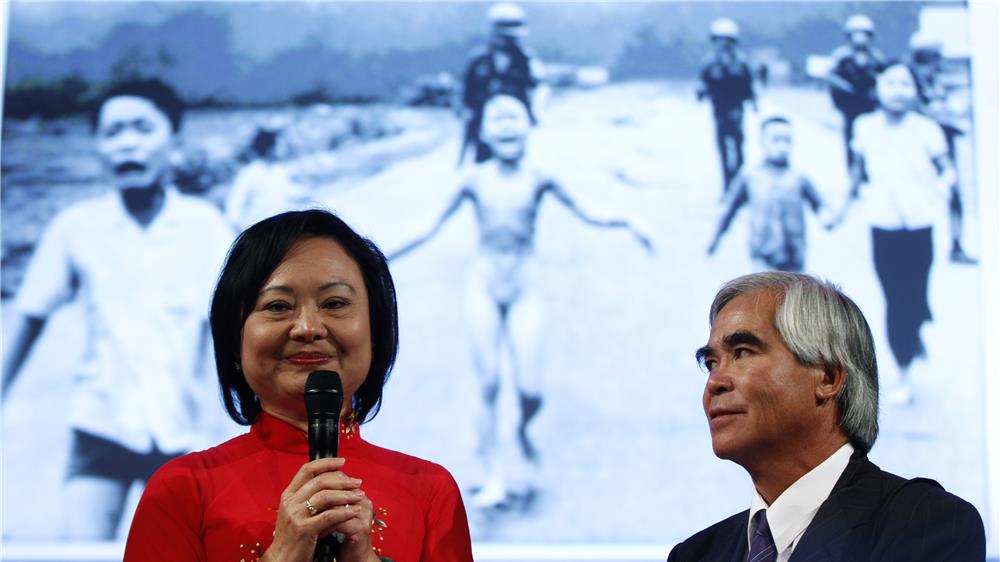
- الإطاحة بالرئيس الأميركي ريتشارد نيكسون
غادر نيكسون البيت الأبيض في عام 1974، قبل ما يقرب من ثلاث سنوات من انتهاء فترة رئاسته الثانية، بعد أن أجبر على الاستقالة كنتيجة لتحقيق استقصائي لصحيفة "واشنطن بوست" أثبتت فيه تورطه في فضيحة تجسس عناصر من الحزب الجمهوري على المقر الرئيسي للحزب الديمقراطي في واشنطن، فيما عرف بفضيحة ووتر غيت (Watergate). بلغت الصحافة الورقية ذروتها آنذاك عندما عمل بوب وودوارد وكارل برنستين لسنوات على هذا التحقيق، وقد تم تخليد اسميهما في الكتاب الأكثر مبيعا الذي تحول إلى فيلم لاحقاً تحت اسم All the President's Men.
- إنقاذ أميركا من الانهيار
خلال فترة رئاسته، تحدث فرانكلين روزفلت في سلسلة من البرامج الإذاعية مباشرة إلى الشعب الأميركي في واحدة من أشهر استخدامات الراديو في السياسة. إذ كان روزفلت حاكم نيويورك سابقاً قد استخدم الراديو كأداة سياسية، لذلك سرعان ما تبناه لشرح الإجراءات غير المسبوقة التي اتخذتها إدارته للتعامل مع التداعيات الاقتصادية للكساد الكبير.
الرئيس الـ33 للولايات المتحدة الأميركية، أعيد انتخابه أربع مرات محطما الرقم القياسي في تاريخ الرئاسة الأميركية، ونجح في مواجهة أزمة الكساد الاقتصادي العالمي، وقام بدور حاسم في هزيمة النازية.
- السوشال ميديا يأخذ دور القيادة
أظهر حادث مقتل 32 شخصاً في جامعة فرجينيا الأميركية للتكنولوجيا عام 2007، دهاءً تكنولوجياً كبيراً في تغطية الطلاب للأخبار العاجلة.
لم تكن فرق الأخبار التلفزيونية ضرورية، فالرسائل النصية نقلت المعلومات سريعاً في حين أن الهاتف الخليوي والفيديو يمكن أن ينقل الحدث في لحظة.وكان هذا أحد الأحداث البارزة التي أدت إلى ظهور ما يعرف بصحافة المواطن التي لا تزال تبهر العالم وتأخذ دور القيادة وتتطور أسرع من المتوقع (2).
المصادر:
(1) https://www.cjr.org/business_of_news/facebook_live_eyewitness_video.php
(2) http://edition.cnn.com/2013/10/31/us/virginia-tech-shootings-fast-facts/index.html
